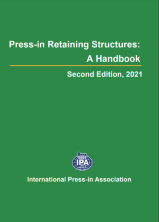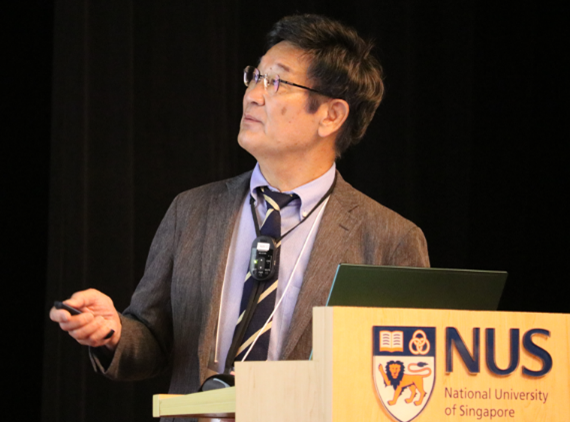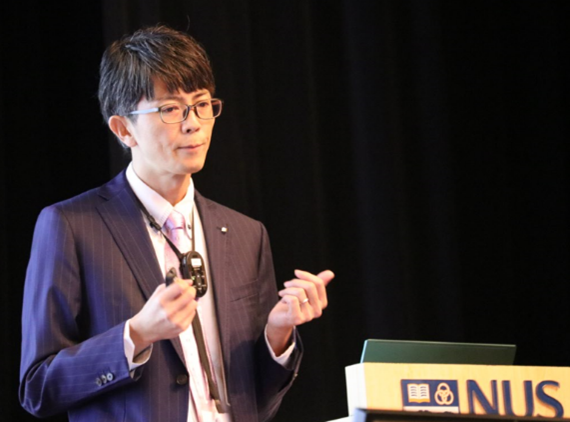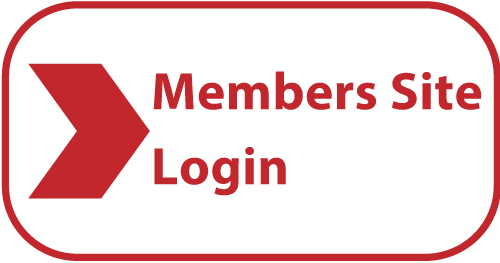Newsletter Volume 9, Issue 4 December 2024
Special Session
Introduction of IPA Press-in Piling Handbook
Introduction of IPA Press-in Piling Handbook
Chair: Nor Azizi bin Yusoff
Senior Lecturer, Faculty of Civil Engineering and Built Environment
Universiti Tun Hussein Onn Malaysia, MALAYSIA
The session highlighted the Introduction of IPA Press-in Piling Handbook. This handbook is crucial as a guideline for those who are interested in exploring this technology further. The publication for the Second edition of the Handbook in 2021 is the revised version of the 2016 copy. In general, structures shall be designed to satisfy the required performances and later prescribed from the construction stage to the design working life. During the session, two reputable speakers shared their views. Firstly, Emeritus Professor Tatsunori Matsumoto from Kanazawa University shared his view on the design aspect and later continued by Mr. Tomotaka Hirose, Assistant Manager, Giken Seisakusho Asia Pte. Ltd. Mr. Hirose was discussing another important topic, which is the construction aspect.
For the design aspect, Professor Matsumoto started by giving some general introductions of the design needs. The Press-in Piling Method is a construction method of installing various prefabricated pile materials. This technology is a non-vibratory, minimal noise hydraulic method of pile installation that Giken’s construction methodologies are developed from to minimize environmental impacts during construction while enabling the development and placement of structures that can better protect communities from natural disasters. In this short sharing session, Professor Matsumoto shared a brief design need, performance, requirements, various design criteria, state design limits, different structural requirements such as important, normal and easy to repair structures. At the end, he highlighted the performance verification procedures and the design reporting needs.
The next presentation by Mr. Hirose highlighted many important elements of construction experience and practice especially in Singapore and Southeast Asia. This advanced technology in civil engineering allows the utilization of relatively small press-in piling machines which generate a greater force by homogenizing with the ground. Different types of press-in piling machines can install steel sheets and pipe piles within various types of constraints such as low headroom, limited side clearance, accessibility, marine conditions, and other types of constraints in which press-in machines can eliminate the necessity of temporary work. According to Mr. Hirose's presentation, due to rapid development in Singapore, press-in piling technology is one of the preferred choices especially for city construction, deep excavation support, cofferdam, water engineering structure, parking bay construction and more.
In conclusion, both speakers from the session highlighted the essential and useful information for design and construction aspects of press-in pling technology. This handbook is a state-of-the-practice to describe the basic concepts of planning, investigations, design and construction of the Press-in Piling Method. It is useful in assisting any engineering practitioners especially when it comes to adapting a new construction challenge such as noise and vibration. For further information, the IPA Press-in Pling Handbook is available for you and ready to assist your design needs in numerous parts of the world.
For the design aspect, Professor Matsumoto started by giving some general introductions of the design needs. The Press-in Piling Method is a construction method of installing various prefabricated pile materials. This technology is a non-vibratory, minimal noise hydraulic method of pile installation that Giken’s construction methodologies are developed from to minimize environmental impacts during construction while enabling the development and placement of structures that can better protect communities from natural disasters. In this short sharing session, Professor Matsumoto shared a brief design need, performance, requirements, various design criteria, state design limits, different structural requirements such as important, normal and easy to repair structures. At the end, he highlighted the performance verification procedures and the design reporting needs.
The next presentation by Mr. Hirose highlighted many important elements of construction experience and practice especially in Singapore and Southeast Asia. This advanced technology in civil engineering allows the utilization of relatively small press-in piling machines which generate a greater force by homogenizing with the ground. Different types of press-in piling machines can install steel sheets and pipe piles within various types of constraints such as low headroom, limited side clearance, accessibility, marine conditions, and other types of constraints in which press-in machines can eliminate the necessity of temporary work. According to Mr. Hirose's presentation, due to rapid development in Singapore, press-in piling technology is one of the preferred choices especially for city construction, deep excavation support, cofferdam, water engineering structure, parking bay construction and more.
In conclusion, both speakers from the session highlighted the essential and useful information for design and construction aspects of press-in pling technology. This handbook is a state-of-the-practice to describe the basic concepts of planning, investigations, design and construction of the Press-in Piling Method. It is useful in assisting any engineering practitioners especially when it comes to adapting a new construction challenge such as noise and vibration. For further information, the IPA Press-in Pling Handbook is available for you and ready to assist your design needs in numerous parts of the world.
 |
 |
 |
||
|
Photo 1
Press-in Pling Handbook
|
Photo 2 Prof. Matsumoto | Photo 3 Mr. Hirose |
| << Previous | Newsletter Top | Next >> |








